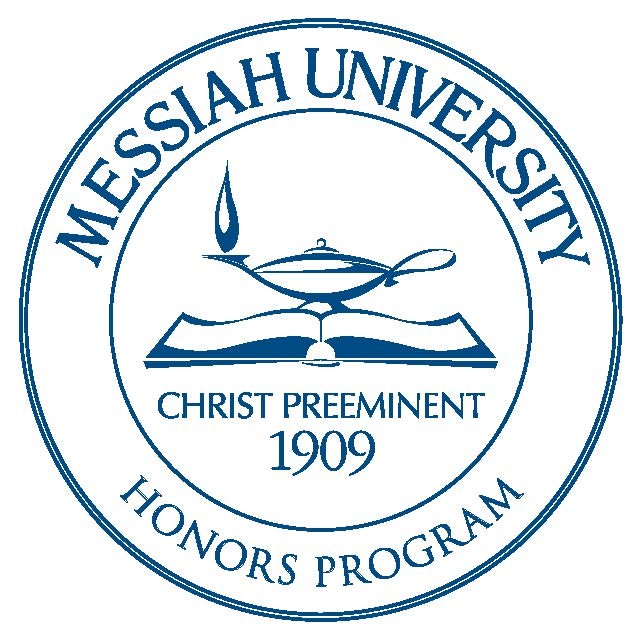Date of Award
2007
Document Type
Thesis
Department
English
First Advisor
Dr. Matthew Roth
Abstract
Pale Fire is composed of the poem "Pale Fire" by fictional poet John Shade, accompanied by notes on the work by fictional commentator Charles Kinbote. Kinbote's commentary takes the form of a Foreword, Commentary, and Index--none of which, it becomes increasingly evident, have much to do with Shade's poem. A scholar of Alexander Pope, Shade composed "Pale Fire" in 999 lines of heroic couplets, divided into four cantos, on eighty index cards, from July 2 until July 21, 1959--when his untimely death prevented the poem's thousandth line completion. Shade and Kinbote were both professors at Wordsmith College in the small Appalachian town of New Wye, and after Shade was shot in his garden by a madman, Kinbote obtained the Fair Copy of "Pale Fire." He composes his commentary from a secluded motor park in Cedarn, Utana, where he hides from the other scholars and family members who would attempt to regain the manuscript. Although he does provide some background on his relationship with John Shade, the primary subject ofKinbote's Commentary is Charles II, the king of the distant northern kingdom of Zembla, who flees his country during its Revolution in a daring escape through the mountains. Throughout the Commentary Kinbote alludes to and finally conclusively reveals that he is i1; fact Charles II, and that he has been evading would-be assassins as a professor of literature in New Wye. One of those assassins, Jakob Gradus, makes his way from Zembla to New Wye as Shade composes his poem, and upon discovering Kinbote and Shade in a backyard garden he fires the shots which miss the Zemblan king and kill the old poet.
Recommended Citation
DeRewal, Tiffany, "On the dust of its husk: Evidence for an alternative Shadean theory in Pale Fire" (2007). Honors Projects and Presentations: Undergraduate. 277.
https://mosaic.messiah.edu/honors/277


